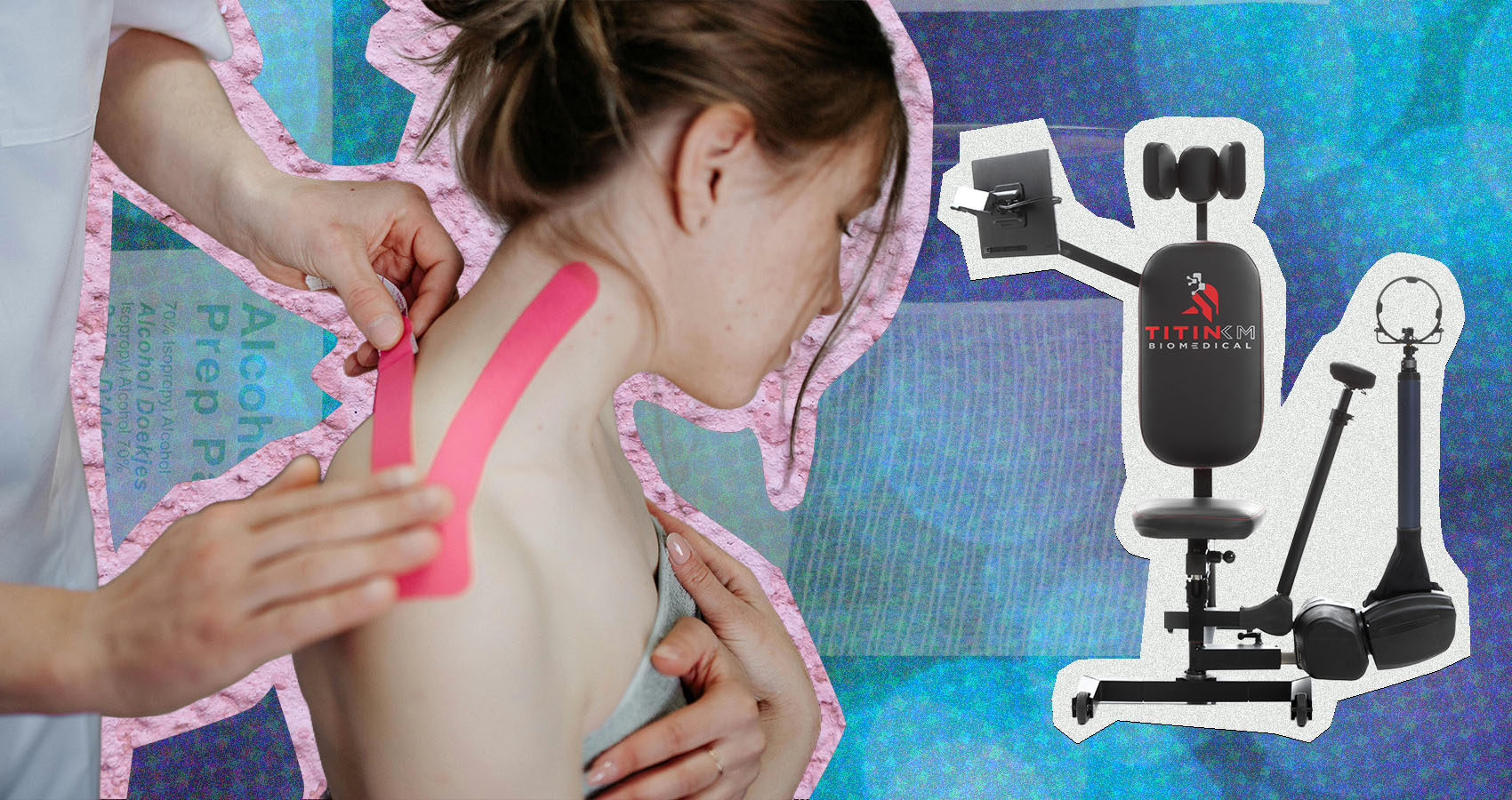
What’s The Ideal Time To Start Using A Shoulder Rehab Device After Surgery?
The factors that influence your physical therapy plan.
After shoulder surgery, many patients are eager to know when they can begin using tools like a post-surgical shoulder rehab device to speed up recovery. Most experts recommend starting physical therapy and gentle movement within 24 to 48 hours after surgery, under medical supervision, to prevent stiffness and promote healing. Using a rehab device too soon or without guidance can interfere with healing and increase the risk of complications.
Individual needs and recovery timelines can differ, so it’s important for patients to follow their surgeon’s or physical therapist’s instructions. A structured approach to rehab, including gradual use of a post-surgical shoulder rehab device, can help restore mobility and strength effectively.
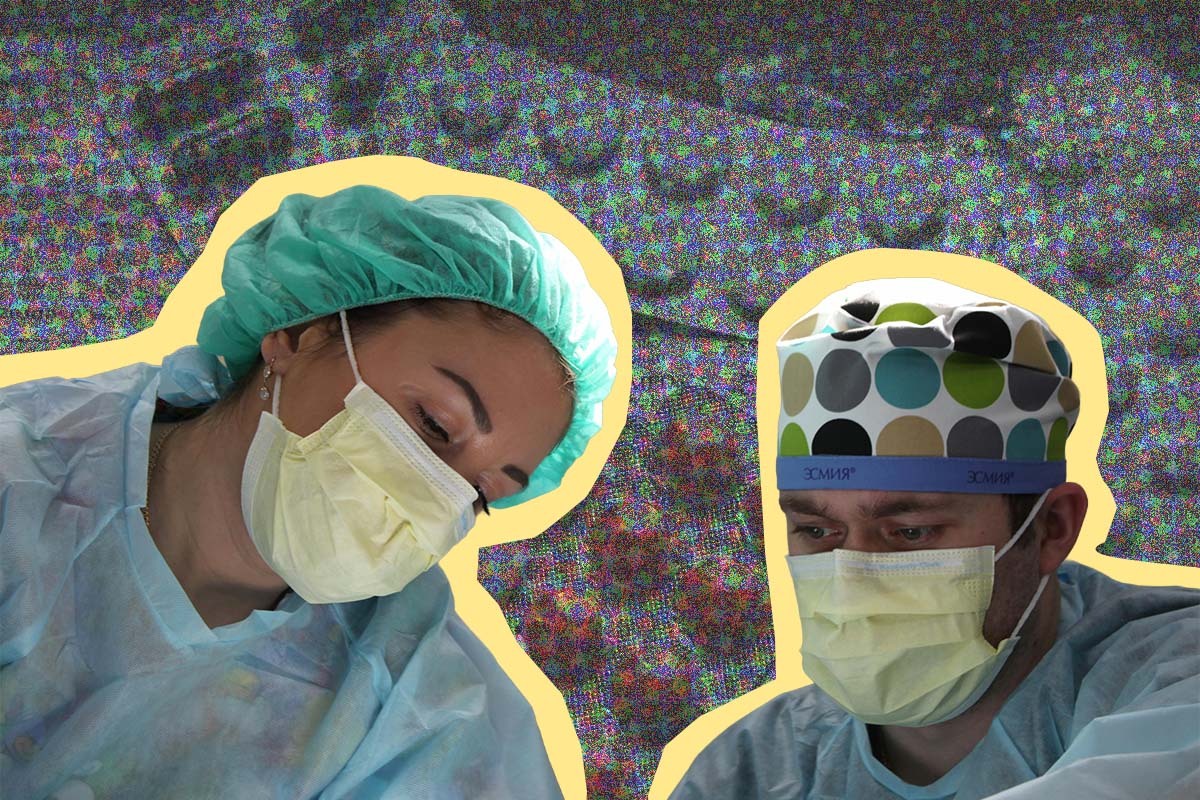
Key Takeaways
- Early, supervised rehab usually begins 24-48 hours after surgery.
- Gradual use of a post-surgical shoulder rehab device is guided by a physical therapist.
- Medical professionals tailor rehab progression to each patient's recovery.
When to Start Using a Shoulder Rehab Device After Surgery
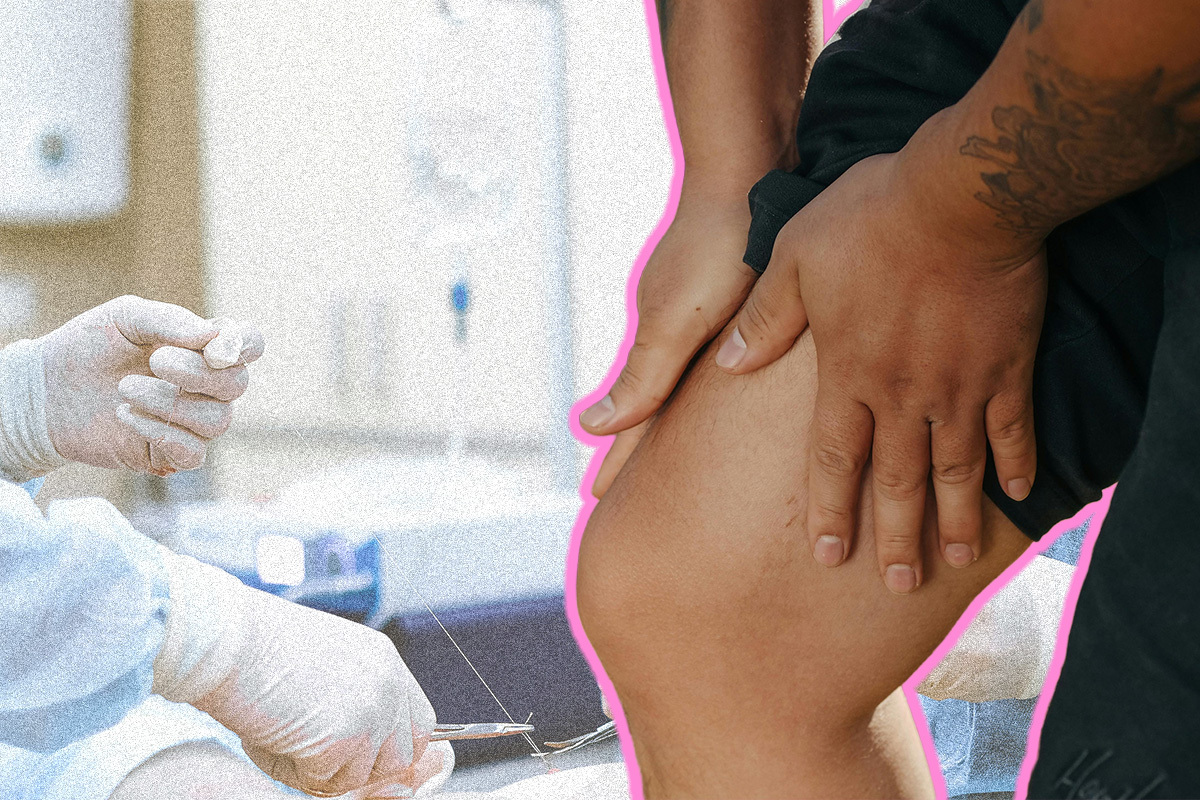
The best time to use a shoulder rehab device depends on the type of shoulder surgery, the recovery timeline, and how well the surgical site is healing. Most patients begin with immobilization before slowly introducing rehab activities, always under medical supervision.
Early Phase: Immobilization and Initial Healing
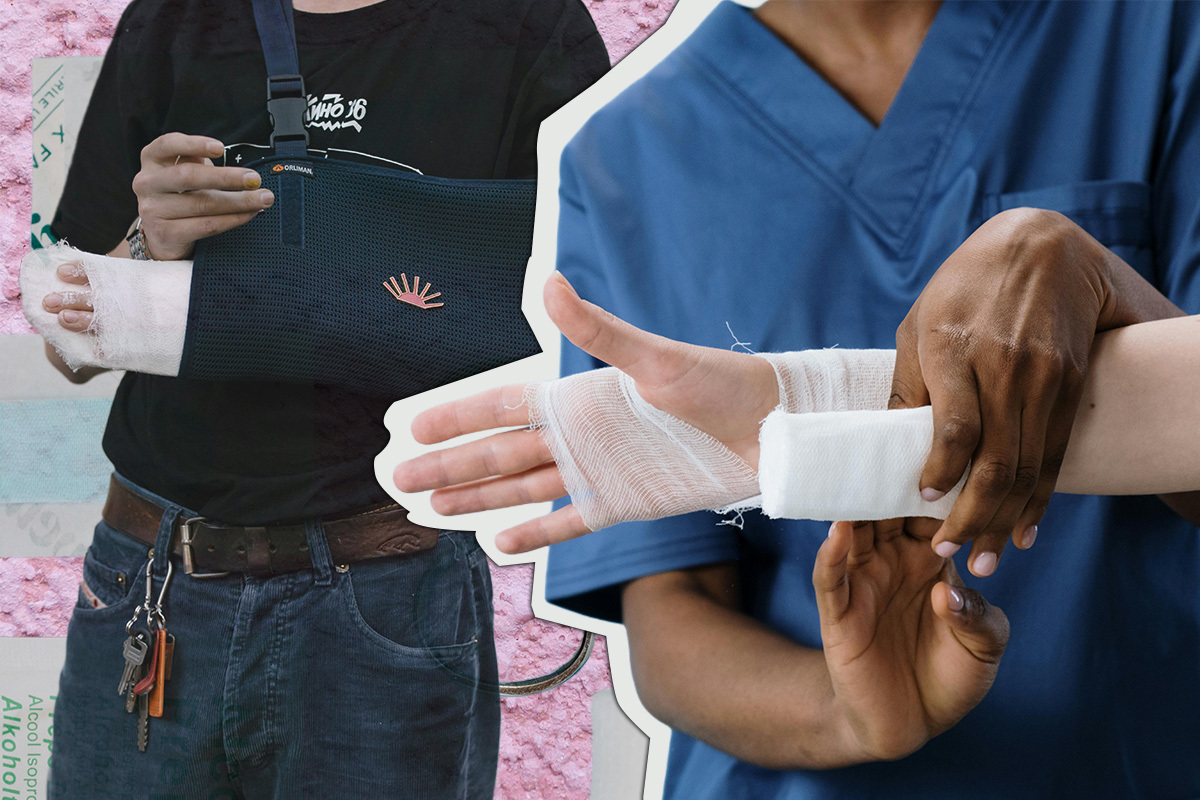
After a shoulder replacement or other shoulder surgery, the operated joint is typically kept immobilized with a sling. This phase helps protect the site and supports the initial healing of muscles, tendons, and soft tissues. During the first few days, the main goals are to manage shoulder pain and prevent stiffness in the wrist, hand, and elbow. Passive range of motion exercises may be performed by a therapist, but active use of the shoulder or any rehab device is generally delayed.
Any movement involving a rehab device, such as pulleys or stretch bands, is usually avoided to reduce strain on the healing tissues. Use of such equipment in this stage can increase the risk of complications or delay recovery. The initial focus remains on rest and monitored gentle motion.
Gradual Introduction of Rehab Devices
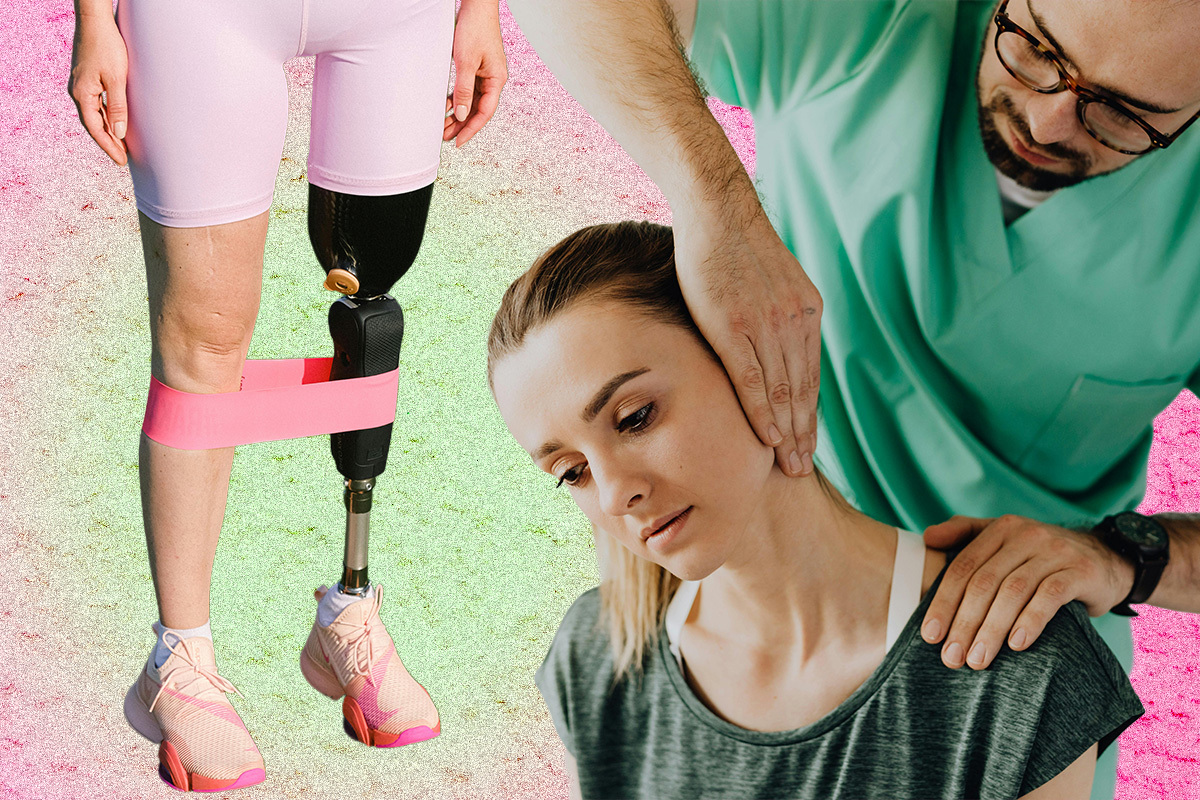
Around 1–2 weeks after surgery, and sometimes earlier for less invasive procedures, medical teams may introduce basic rehab devices. The timing depends on the progress of healing and the type of surgery, such as total shoulder replacement versus rotator cuff repair.
Rehab often begins with devices designed to improve passive range of motion. This means the therapist or the device moves the patient's arm, not the patient themselves. Examples include shoulder pulleys or continuous passive motion (CPM) machines. As patients progress, they may use devices for active-assisted and then active exercises. Light resistance bands or hand bikes can be included only after approval from the surgeon or therapist. Gradual loading helps restore mobility without stressing the healing shoulder joint.
Factors That Influence Timing

Several factors determine the right time to start using a shoulder rehab device:
- Type of surgery: Shoulder replacement surgery and other complex operations may require a longer period of immobilization compared to arthroscopic procedures.
- Patient age and health: Older adults or those with medical conditions may heal more slowly, potentially delaying the introduction of rehab equipment.
- Level of shoulder pain: Persistent or severe pain may indicate the need to delay rehab device use, while manageable discomfort often allows earlier progress.
- Surgeon’s protocol: Each surgeon or rehabilitation specialist may have a specific protocol based on surgical findings and patient needs.
- Recovery timeline: Some patients achieve milestones more quickly, while others take longer, so device use is customized; one-size-fits-all does not apply in surgery recovery.
Continual assessment by a physical therapist ensures exercises and device use support healing and do not risk reinjury. Regular follow-ups are important to monitor the recovery process and adjust the rehab plan.
Physical Therapy Progression and Rehab Milestones

Rehabilitation after shoulder surgery follows structured stages that prioritize safety and gradual functional improvement. Progression is determined by healing status, pain levels, and specific surgical protocols set by the surgeon and physical therapist.
Transitioning from Passive to Active Movements
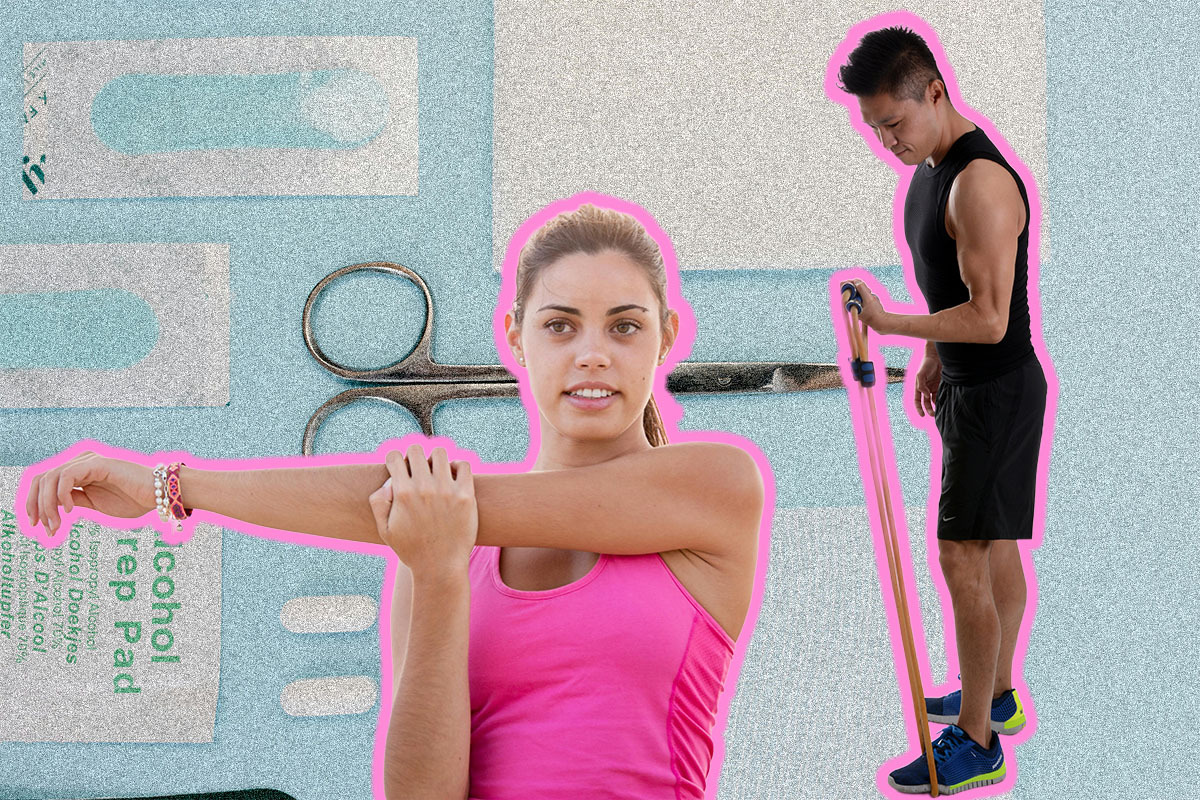
In the early stages, patients start with passive movements, where the therapist or a rehab device moves the arm without active muscle engagement. This helps maintain mobility while protecting healing tissues. Devices such as pulleys or continuous passive motion (CPM) machines are commonly used during this period. Pendulum exercises are an example, allowing gentle range of motion with minimal strain on surgical repairs.
After a few weeks, and when cleared by the healthcare provider, patients advance to active-assist and then active movements. At this stage, cooperation between the therapist and patient increases, and devices may aid but not do all of the work. Focusing on external rotation and forward elevation is critical for restoring function without risking reinjury.
Monitoring Recovery and Adjusting Usage

Tracking progress is essential to effective rehabilitation. Therapists frequently assess pain levels, range of motion, and overall function to determine if device use and exercise intensity are appropriate. Digital tools and apps may help log exercises and track milestones, making it easier to visualize improvement. Adjustments in device use—such as reducing passive movement duration or increasing resistance—are made based on tangible improvements and any signs of setbacks.
Regular communication with the care team ensures exercises are safe and beneficial, and that the rehab plan adapts to the individual's progress. This systematic review helps prevent complications and supports a steady return to daily activities.
Conclusion

Starting to use a shoulder rehab device usually occurs within 24 to 48 hours after surgery, under professional supervision. This approach helps minimize stiffness and aids recovery, but the exact timing should be tailored to the patient’s condition and doctor’s advice.
Progression involves gentle, controlled movements before advancing to resistance exercises as healing continues. Everyone’s recovery timeline will vary depending on age, health, and the specific procedure performed.











